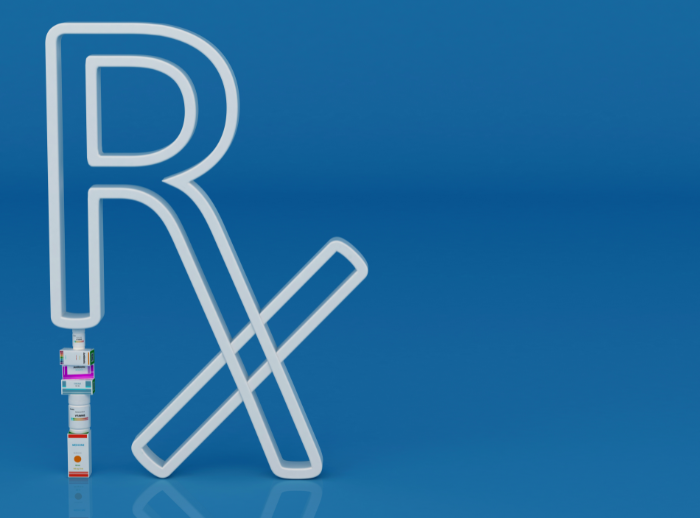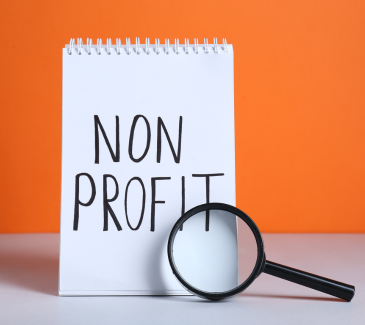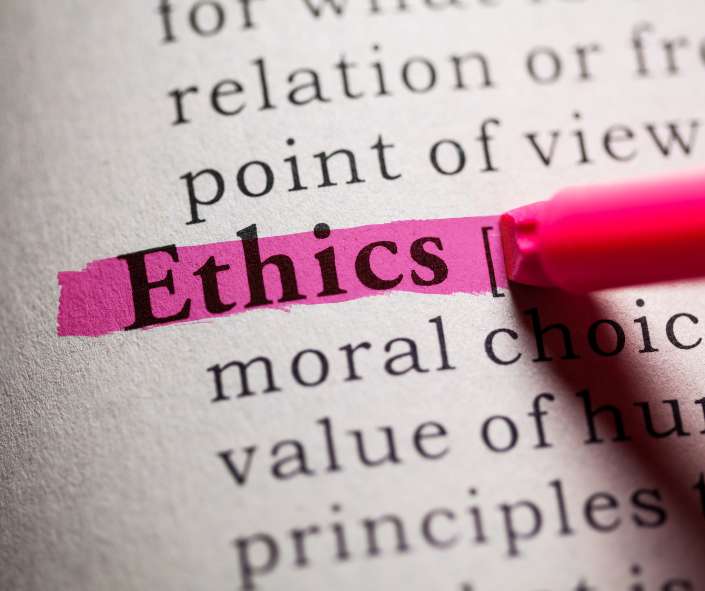Free to Choose, written by economist Rose Friedman and Nobel laureate Milton Friedman in 1981, was on my shelf, and I was curious whether the ideas presented there had stood the test of time. The first thing I thought was, if the book was published today, would Milton and Rose have titled their book Free to Choose? I think not. The title today would be Optional at Will. The book’s continued applicability in the current political and economic context belies the passage of more than four decades since its release.
How Can I Make a Free Choice?
The book’s fundamental arguments are limited government intrusion, free-market capitalism, and individual freedom. The Friedmans believed that personal liberty improves society overall, whether in the workplace, as customers, or as business owners. They contended that the government should take on the role of a neutral arbiter rather than a participant.
The Friedmans argue that government intervention in education, welfare, commerce, regulation, and monetary policy generally leads to more harm than good, and the book is organized around these essential institutions.
Among the most notable suggestions are:
Before it was popular, the Friedmans pushed for parents to be able to use their school vouchers to send their children to the school of their choosing.
They said that many social programs, despite their good intentions, can ensnare individuals in poverty and dependency. This was a criticism of the welfare state.
Advocating for free trade: The Friedmans presented a convincing argument favoring open global markets, demonstrating how protectionist policies frequently backfire and harm the individuals they claim to be helping.
Discipline in money: During an inflationary period, they argued that central banks shouldn’t interfere with the economy, instead advocating for rule-based monetary policy.
Keeping Its Importance
We are still asking a lot of the same questions in the year 2025:
Is it better for governments to forgive student loans or for markets to determine how much a college degree is worth?
Should we blame market failure or excessive regulation for the ever-increasing prices of healthcare and housing?
Does a strong response by central banks during economic downturns lead to instability in the long run?
We have not yet resolved the conflict between individual freedom and social protections. More and more people demand government-led climate efforts, wealth taxes, and a universal basic income, starkly contrasting the Friedmans’ focus on individual accountability and market incentives.
Even so, Free to Choose isn’t immune to criticism. The Friedmans’ detractors claim that they exaggerated the practicality of free markets and failed to account for inequality. Even with those criticisms, rereading the book is worthwhile because it makes us consider trade-offs and unexpected effects more carefully.
Last Remark
Listening to Free to Choose now is like picking out a principled, incisive voice within a cacophony of arguments. Whether you agree or disagree, Milton and Rose Friedman have presented a compelling argument: a more affluent and compassionate society is possible when individuals have greater freedom of choice. This book should be read by everybody interested in politics, whether they are students, policymakers, or just plain curious citizens.
























































